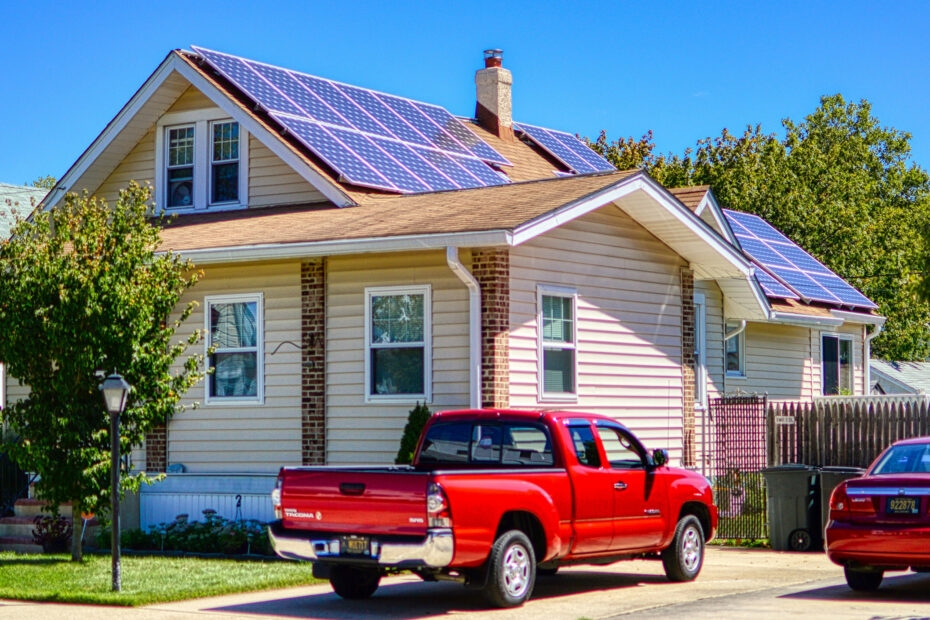Solar energy has gained a great deal of attention in recent years from consumers and businesses for several reasons. It has emerged as an abundant source of clean, renewable energy that reduces our carbon footprint and helps reduce our energy costs. It has also been promoted at the federal and state government levels through financial incentives to increase its adoption. Many consumers and businesses are looking for reliable answers to their solar questions, but navigating through the vast amount of information available can be overwhelming. Below are some of the more common questions along with answers from reliable sources, which should help you make a more confident and well-informed decision.
What are the Advantages of Solar Energy?
Solar can dramatically reduce your electric bills
The main benefit of solar panels is saving you money. When you install solar panels and generate your own electricity, you become less reliant on your electric utility provider, and thus reduce (and sometimes eliminate) your monthly electricity bill. Since solar panel systems typically have a 25 to 35-year lifespan, electricity cost savings can last for a couple of decades. Most homeowners will save anywhere from $20,000 to $80,000 over a 25 year period with solar.
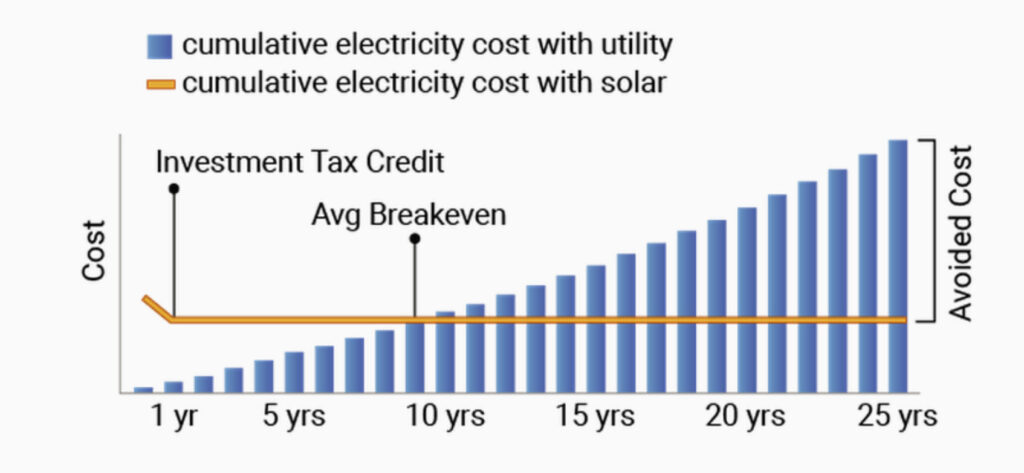
Solar often increases your home value
Many homeowners who are interested in solar panels don’t understand their impact on their homes. Recent studies indicate that installing a solar system can increase a home’s value by about 4%. So even if you’re not living there forever, you could earn back your investment in solar when you sell your house. Installing solar is a good investment for most homeowners.
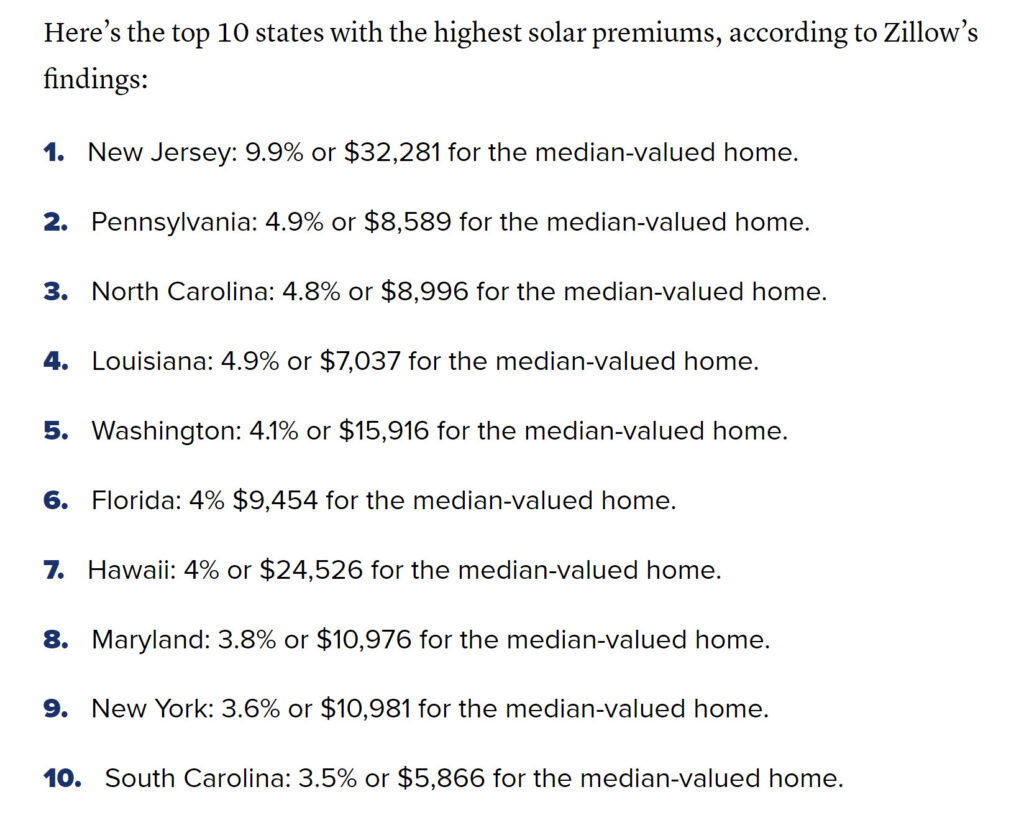
Solar reduces carbon emissions
Going solar helps in the fight against climate change. Solar is a renewable source of clean energy that helps reduce carbon dioxide and other greenhouse gas emissions. Unlike traditional fossil fuels like coal, oil, and natural gas, solar energy doesn’t directly release pollutants into the atmosphere and water supply. Solar has the highest environmental impact.
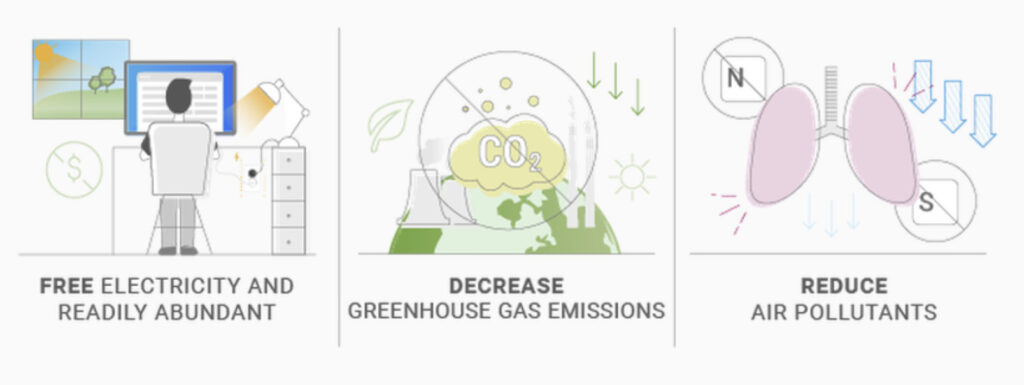
Solar protects against rising energy costs
If you purchase, rather than lease, a solar panel system, then you’ll lock in your electricity costs for the next two decades. Once the initial cost of your system is recovered through bill savings, the electricity you generate will be free. With the federal solar tax credit, there is also a 30% credit toward your federal tax bill for your equipment and installation costs.
Solar works well in most environments
Some other sources of renewable energy, like wind and hydroelectric power, require wide open spaces with ample wind or large water sources to work effectively. Solar is a source of energy that can work in almost every environment without these spatial requirements. While output is lower on cloudy days or in climates without as much regular sunshine, solar panels still produce effectively.
In some states, you can “sell” extra solar energy back to the utility company
Depending on where you live, you could be eligible for a solar incentive called net metering. Pennsylvania has net metering. Under Pennsylvania’s net metering program, you’ll earn credits at the retail rate of electricity for each kWh of electricity your system produces up to 100% of your annual utility electricity demand. With net metering, you can use the electric grid to “store” excess energy that your solar panel system produces. In essence, you are ‘selling’ this excess energy back to them in exchange for reduced utility bills.
Solar typically requires little maintenance
As long as you use a professional solar company to properly install your panels, they should require very little maintenance compared to other forms of energy production. With no moving parts, your panels might only need an occasional cleaning after snow or inclement weather. Solar panels also should come with solid warranties.
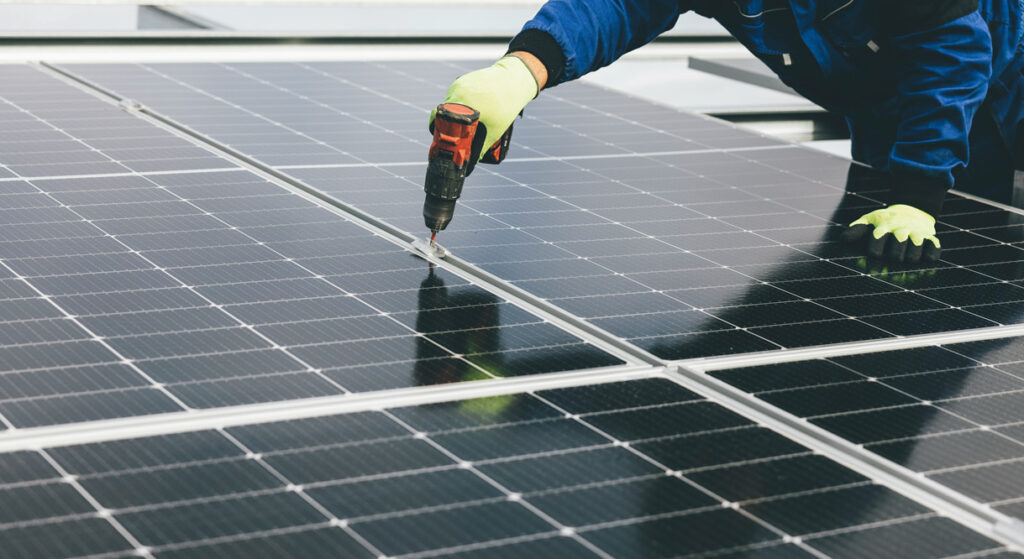
What Are The Disadvantages of Solar Energy?
Solar panels don’t work for every roof.
If you have a home with a south-facing roof that is sloped between 15 to 40 degrees, then you’re in great shape for solar. Even if you have an east or west-facing roof or one that’s flat, solar can still work. But if panels can only go on the northern side of the roof, then it will not work well. Also, solar installation works well on asphalt shingle or metal roofs, but older materials for older homes, like slate or cedar tiles, can be very hard for solar installers to work with. Additionally, homes with skylights or rooftop decks can make installing solar too expensive or difficult. If a home doesn’t work for a rooftop solar installation, then another option can be to install ground-mounted solar panels if there’s enough open space.
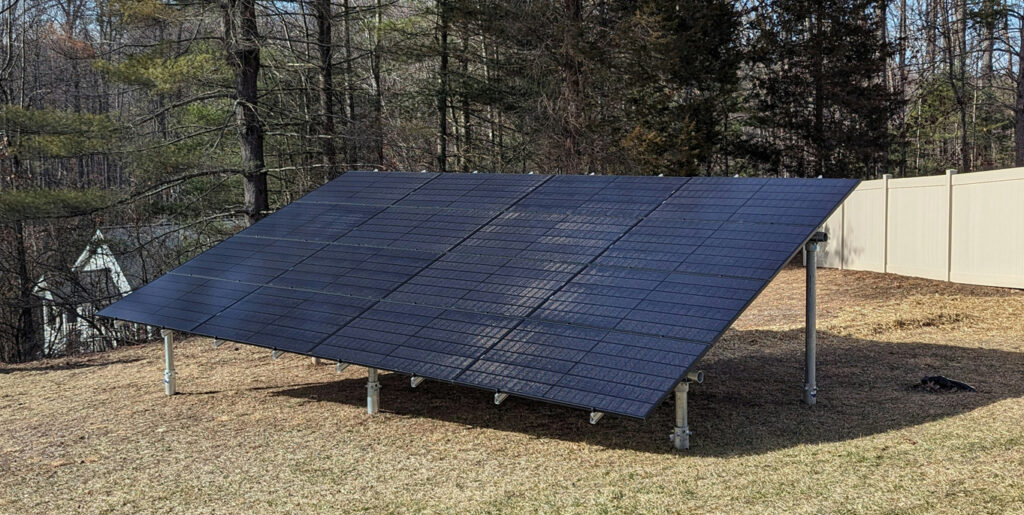
Solar isn’t ideal if you’re about to move.
The average time it takes to break even for payback on a solar panel system in the U.S. is around eight to nine years. Even though going solar will likely increase your home’s value, if you plan to move in the next three years or so, it’s probably not worth it.
If your electricity costs are low, then your solar savings will be also.
The ultimate benefit of solar energy is saving you money every month. If you live in a state where the cost of electricity is often 30% lower than the national average(like Louisiana), it will take a long time to save, but if your electricity costs are more than double the national average (Hawaii), then installing a solar panel system makes a lot of sense. In Pennsylvania, the average residential electricity rate of 12.75¢/kWh is 7 percent greater than the national average residential rate of 11.88¢/kWh.

If you can’t access financing, then up-front solar costs can be intimidating.
The upfront cost of solar for each home depends on tax credits, rebates, state incentives, and loan/financing terms available to you. Most people don’t have the cash to purchase solar upfront. But other solar financing options can help, such as state-backed loan programs, leases, and power purchase agreements. See our previous blog post on Financing Options for Solar. Always get an estimate of the average cost of solar projects in your state as well as a personalized estimate for your home specifically from a qualified solar installation company.
Solar panels don’t work at night.
Solar panels require sunlight to produce energy. At night or during inclement weather, your home will still need to use electricity from the grid. If you live in a state, like Pennsylvania, with net metering, this doesn’t matter as much. If you live in a state without net metering, like California, then you should consider combining your solar energy system with energy storage in the form of a battery. Then at night, you can pull electricity directly from your battery instead of the grid.
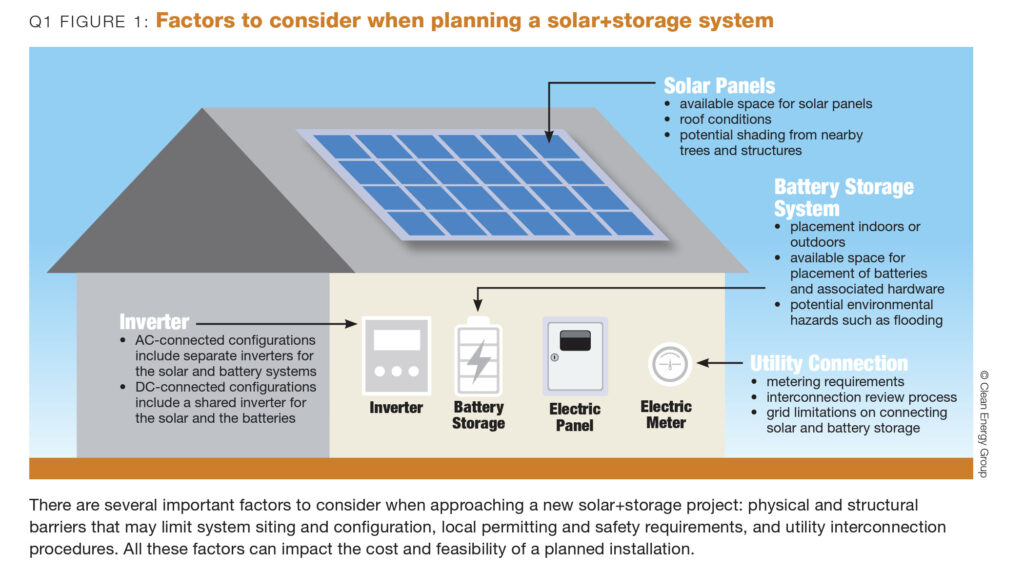
Solar panels are sometimes made with toxic materials
Solar panels are made up of silicon solar cells, a metal frame, and a glass sheet. Depending on the brand and model, panels can also contain toxic heavy metals like lead and cadmium. While some solar panel manufacturers are starting to phase out these heavy metals, the EPA considers most old solar panels hazardous, so they must be disposed of properly. However, many newer solar panels are manufactured with more recyclable materials for easier reuse and disposal.
Finding qualified solar installers can seem difficult
Many homeowners associate solar panels with aggressive salespeople and sometimes questionable sales tactics. Because solar is one of the fastest-growing markets in the world, there are many companies to choose from. This can be overwhelming and sometimes confusing as to what to look for in a well-qualified solar installer. See our previous blog post about finding the best solar installation company.
What’s The Difference Between Solar Energy and Renewable Energy?
Renewable energy comes from natural resources that can replenish themselves, such as sunlight, wind, and water. All of these resources can be used to create electricity. Renewable energy technologies don’t produce emissions while in use, but they can have environmental impacts before and after use.
The five major renewable energy sources are:
- Solar: Energy from the sun
- Geothermal: Energy from heat inside the earth
- Wind: Energy from the wind
- Biomass: Energy from plants, such as wood, food, and animal waste
- Hydropower: Energy from flowing water, such as wave and tidal power
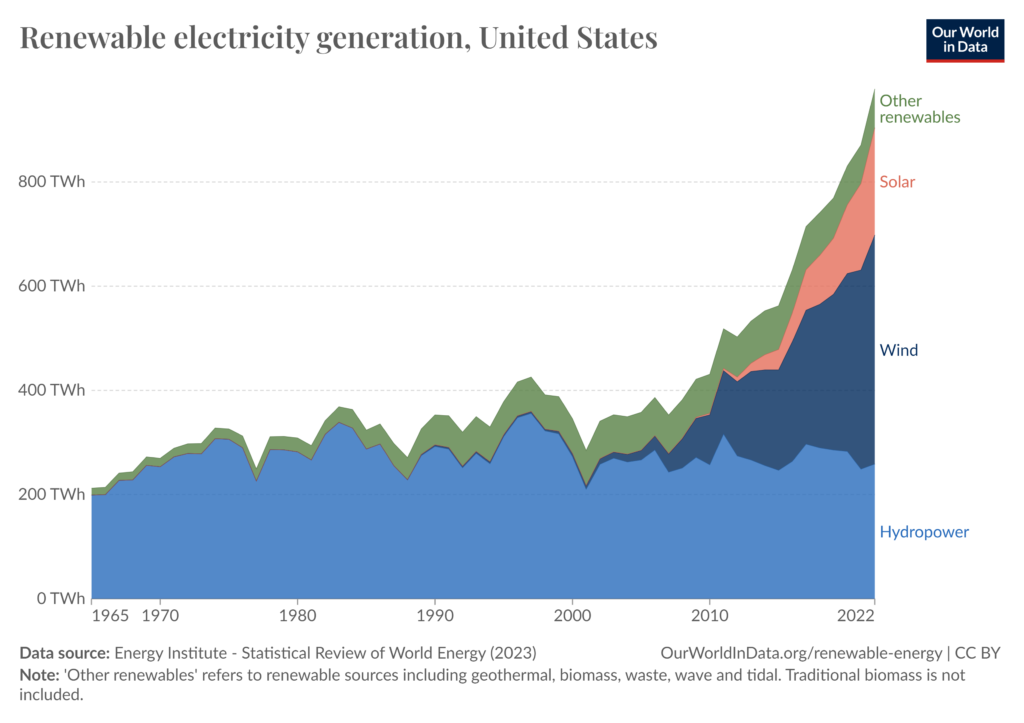
Solar energy is a renewable resource because the sun’s photovoltaic energy is naturally regenerated faster than humans can use it. The energy is harvested with solar panels by converting sunlight into electrical energy through photovoltaic (PV) panels and solar cells. The solar panels may also create electricity to store in batteries or thermal storage.
Solar energy can be harnessed using technologies like solar power, solar thermal energy, and solar architecture. These technologies can be categorized as either active or passive solar, depending on how they capture, distribute, or convert energy. Active solar technologies include photovoltaic (PV) systems, concentrated solar power, and solar water heating. Passive solar technologies include orienting buildings towards the sun, using materials with good thermal mass, and designing spaces that naturally circulate air.
How Are Solar Panels Made?
Thin silicon wafers become solar cells when they are treated with chemicals to produce an electrical charge when exposed to sunlight. The cells are wired together in strings and sandwiched between layers of glass and EVA plastic. The layers are heated to create a watertight seal. The sealed layers are set inside a metal frame, and the wires are combined into a plastic junction box on the back of the panel, with two wires coming out of the junction box to carry electricity to other panels or a solar inverter.
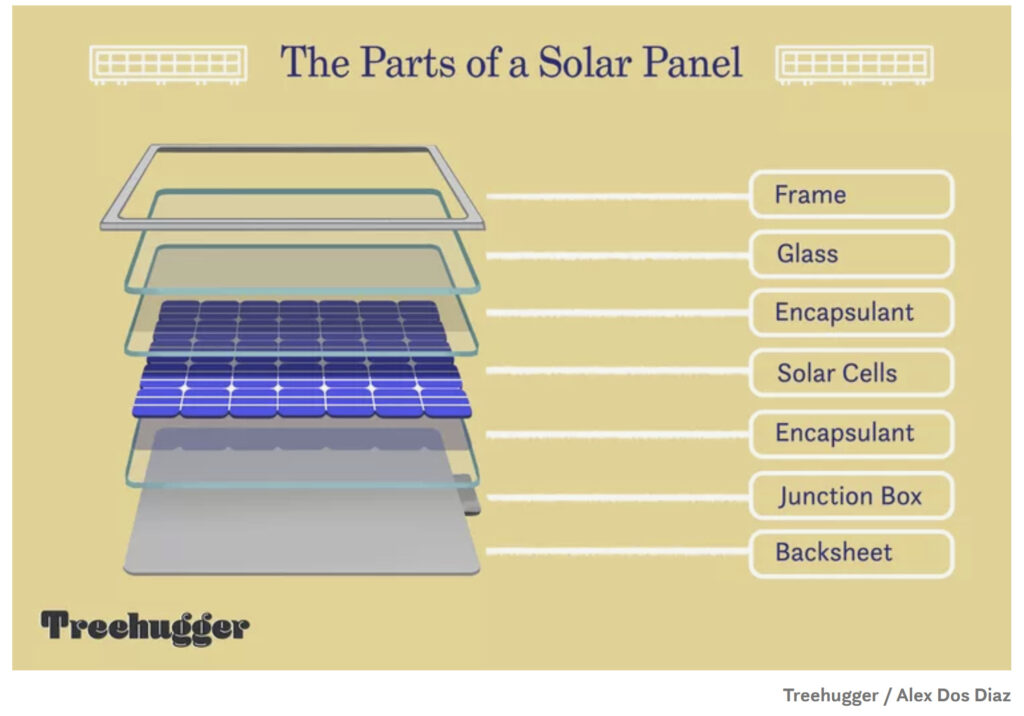
The three main types of solar panels are monocrystalline, polycrystalline, and thin-film panels. Their manufacturing process is slightly different, leading to different strengths for each type of panel.
While solar panels are manufactured all over the world, American-made panels are generally the most expensive and are of the highest quality.
